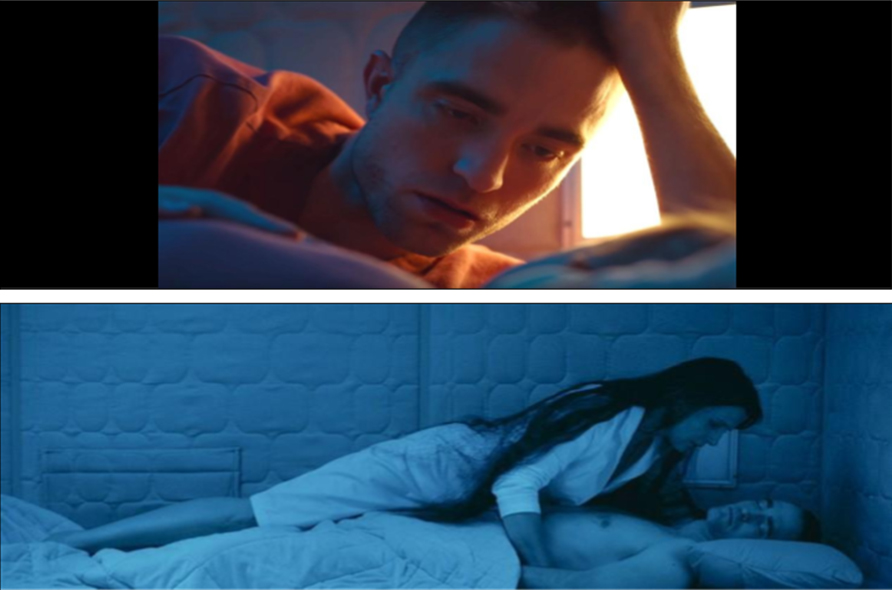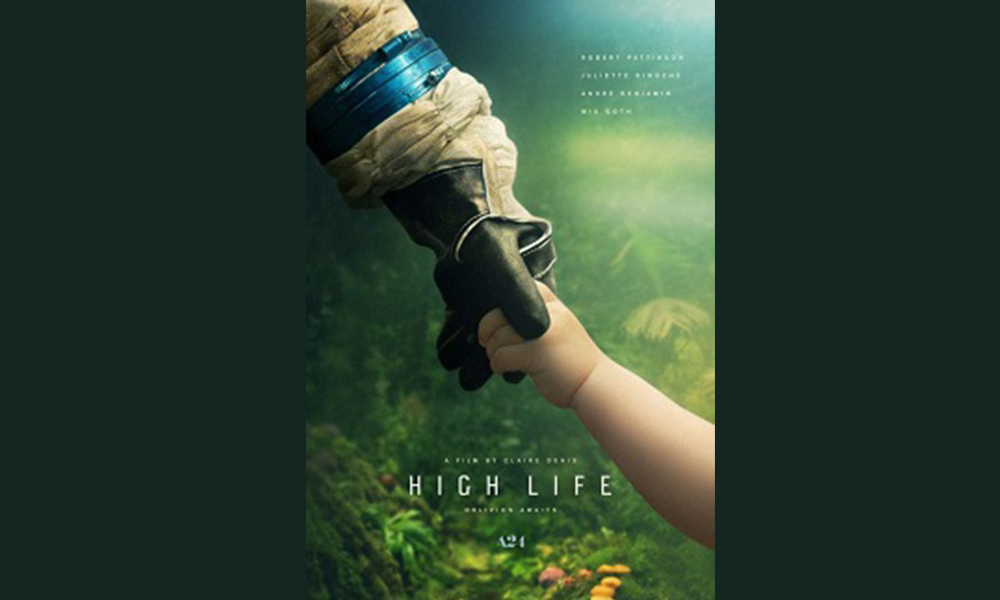Old school space films often wondered — or feared — how we would negotiate our darkest impulses when we met unknown creatures in an uncharted universe. Alien, Star Wars IV, and Moonraker asked how justice could be enforced on an intergalactic arena. 2001 Space Odyssey and Solaris asked how our memories and identities would be transformed by prolonged isolation in space. These films had the chance to investigate how we figure into the cosmos and how the cosmos figures into us. By merging classical science fiction with tales of exploration, seventies space films navigated the dynamics of forced cooperation and cohabitation — dynamics with concrete, practical significance in the midst of the Cold War.
Nowadays, space films are making a comeback. With more attention to psychology, and a helping of suspicion about the prospects of space travel, films like Interstellar, First Man, Gravity, The Martian, and Elysium interrogate (what they see as) a deeply ambivalent relationship between Earth and the universe. These films lean pessimistic. They worry about the costs of sending human beings into space. They worry about the motives behind harvesting natural resources for our consumption, and are far less convinced of the benefits of doing so. They see space less as a liberating force, or as an egalitarian project, and more as another arena for power relationships to be expressed. Yet, the 21st-century space film is not so much a departure from the classics as it is a distilled, focused version of seventies cinema. Space films today mostly agree that the greatest reward of space travel — that is, of understanding ourselves better, of seeing ourselves with perspective — is by far its greatest danger.
Then there is High Life (2019), Claire Denis’s newest film, starring Twilight’s Robert Pattinson. Pattinson plays a death row inmate who is sent on a dangerous research mission to harvest energy from the outer edges of the galaxy. He shares the mission with other death row inmates (one of whom is played by Outkast’s André 3000) and a scientist (Juliette Binoche), who commands the spacecraft. For the purpose of reproductive research — but also, it seems, to cement her power over the other inmates — the scientist runs insemination trials on those inmates. It isn’t always successful. Except for Pattinson and a daughter that he fathers on the ship, all the passengers die, some by natural causes, some by diseases following failed pregnancies, and the rest by the hands of other inmates. High Life impressionistically follows Pattinson’s survival in an environment that is riddled with death and violence and danger.
What’s interesting about High Life is that it hopes to reveal deeper facts about the nature of space travel than the classic or the contemporary space film can. It does so with an emphasis on visuals over narrative. From clever, striking use of sets, camera, and frame, Denis leverages a visual dissonance between the clean varnish of the future and the grittiness of human desire. We watch as the technical mastery required to make it to space clashes with all of those unmastered human impulses that have frustrated space travel from the beginning.
Three elements in particular stood out as showcasing the sleekness of the space environment. First, Denis makes use of smart shifts from a squarish image to a rectangular image to a wide image (changes in what the film world calls the aspect ratio). Second, Dennis is deliberate in her choice of film stock: memories from Earth are shot on actual film (Super 16, to be exact) with a ton of grain, while the scenes on the spaceship are shot in digital, with a polished, glowing look. And third, the spacecraft design by installation artist Olafur Eliasson is rich and controlled, making for gorgeous shots of futuristic, neon-lit blues and oranges (see below).
Where we see space as sleek and controlled, we find, in contrast, unbounded horror within the spacecraft’s walls. There is a (gratuitous) rape scene and a masturbation chamber that acts like a dungeon, which both the inmates and — as we watch, for a torturous amount of time — the scientist use. Denis takes visual cues from the body-horror work of David Cronenberg to convey the madness that is at the very foundation of technical progress. She seems to ask: what violence should we permit for scientific research? What violence do prisoners experience in their expulsion from society? Or, more to the point: how can our wishes, which appear to us as clean and promising and egalitarian, be accomplished, when deep down we are no more than wills seeking power and domination?

High Life, however, doesn’t give serious enough attention to these questions. On a technical level, the film comes across as too artificial to prompt any high-stakes philosophical debate. The narrative does not land, and, in the end, the characters’ murderous pasts are left too stale and unexplored to matter. The “reveal” that the scientist is also a murderer is not an interesting reveal at all. It doesn’t move the narrative forwards or backwards, and feels like a flat use of horror merely to shock and awe (which it doesn’t even accomplish).
But the real issue is that the answers High Life attempts to provide are too hollow, and it highlights a fundamental limitation of the kind of film it aims to be. Denis uses visuals to shock and disturb, to provoke a sense of disgust. The hope is that we are jolted to reconsider who is exploited and who is doing the exploiting. But how far can shock go in making material the nature of violence? Does a masturbation chamber really tell us much about the motivations behind space exploration? Does a rape scene really tell us anything about how we — or prisoners, for that matter — behave under extreme conditions? We already know that there are sacrifices to exploration. The year of 1492 gives a precise record of that. So has the 2003 Columbia Space Shuttle disaster. But what we want to know is how central violence is to the project of interstellar exploration. We want to know if our darkest urges metastasize in space or recede, if the violence that Pattinson and his crew members express belongs to who they are as death-row inmates or if it’s added to the shopping cart by their travels. That is to say, what we want to know is how we push and pull our desires — work with them, and against them — so as to improve life, if we ever do at all. High Life hints at this question. Its smart use of visuals circles around it, but never touches it directly. All High Life does is shock us, and shock does no more than shock.
¤
Last Christmas, a friend and I saw a strange white trail zooming across the atmosphere. We stopped and watched, and soon enough, we noticed a crowd doing the same. None of us had any idea what the white trail was. A satellite, an asteroid, a shooting star, a “chemtrail,” the apocalypse. It was thrilling and it was frightening all at once.
We would learn later that what we saw was a SpaceX flight going into orbit, taking off from California’s Vandenberg Air Force Base. It only multiplied the excitement and the fear that we felt. There aren’t many discoveries that bring back the risk of childhood, where the floor is always lava. And now here was a thing — a mere thing, built by mere people — racing across the atmosphere. It was pushing at the limits of our world and social life. What it was doing involved unknowable danger — violence even — and in that danger would come its, and maybe our, reward. Or the expedition might fail. Isn’t that risk what interstellar exploration is all about?


